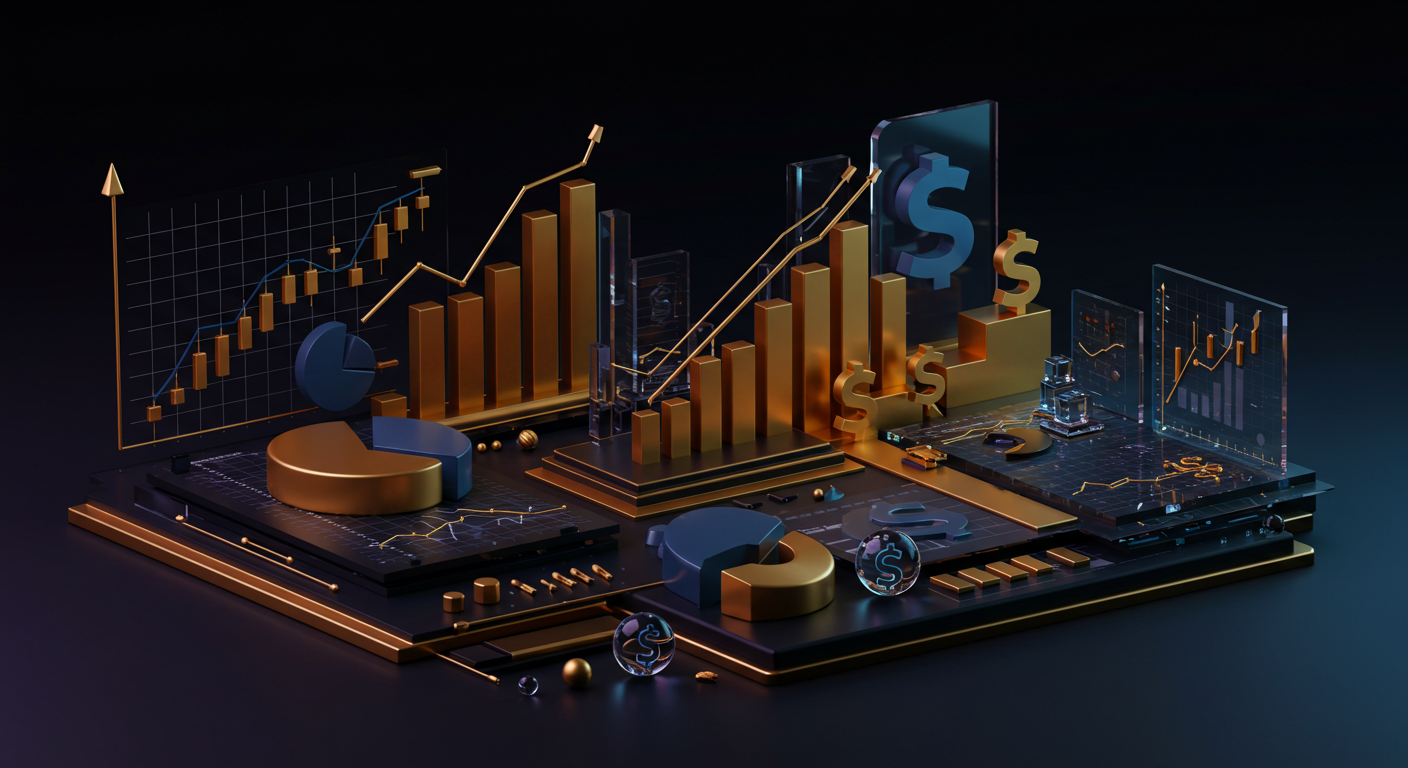
Gold price increased by 1.43% to approximately $3,375 during the early Asian session on Monday. This rise followed some profit-taking amid continued uncertainty surrounding US tariff policies and geopolitical tensions.
The tariffs introduced by US President Donald Trump have led to a preference for safe-haven assets like gold. This has resulted in more than a 25% increase in gold prices since the start of the year.
Central Bank Gold Reserves
Central banks worldwide have continued adding gold to their reserves, with China increasing its holdings for the fifth month in a row. The Federal Reserve’s recent hawkish stance, however, might limit further gold price increases.
Gold serves as a safe-haven asset during uncertain times, prized for its historical value and non-reliance on any specific issuer. Central banks, particularly those in emerging markets like China, India, and Turkey, are major buyers of gold.
Gold prices are influenced by various factors, including geopolitical instability and US interest rates. The commodity tends to thrive when the US Dollar weakens, given its dollar-denominated status. Despite being yield-less, gold is seen as a hedge against inflation and currency depreciation.
The latest upward push in gold—climbing 1.43% to around $3,375—came on the heels of apparent profit-taking, alongside broader apprehension in markets stirred by tariff tensions and growing geopolitical strain. It signals something we’ve seen before: when external pressures rise, funds flow into safer stores of value. What looks like a straightforward price spike is actually a response to anxieties stemming from not only trade policies but also the strategic posturing among global powers.
All this plays into existing patterns we’ve been monitoring. Since the start of the year, gold has surged over 25%, helped along by policies from Washington that dampen risk appetite for other assets. Interestingly, the preference for gold appears reinforced by a sustained move into bullion by central banks, with Beijing logging its fifth consecutive monthly increase in reserves. That behaviour strengthens demand from institutional sources—not always visible in short-term chart patterns but highly influential over time.
Monetary Policy And Metal Pricing
What’s important now is the push and pull between monetary policy direction and metal pricing. While the Federal Reserve leans into a more forceful rate approach, there’s an upper band on how high gold might go in the very near term. Yield-bearing instruments begin to offer tougher competition under that framework, especially for those shifting cash around in the derivatives space. But despite hawkish signals, cracks are forming beneath the dollar’s strength, and plenty still rides on how long the Federal Reserve can hold its posture without tipping the scales toward macro stress.
We’ve noticed that in climates where unpredictability grows—especially politically or militarily—non-yielding assets like gold attract attention because they’re not tethered to counterparty exposure or national liabilities. Their appeal isn’t just fear-based, it’s about maintaining purchasing power when currencies come under pressure. We saw similar flows from Ankara, Mumbai and other central banks in recent quarters, likely as part of broader diversification campaigns. Those steps aren’t reversed easily.
What that leaves for us over the next few weeks is a window defined by sensitivity to rates and headlines. It’s not all one-way traffic, though. Moves like Monday’s rise can be misleading if they’re read as purely speculative. They reflect a wider undercurrent steadily forming beneath risk assets, one that’s increasingly dictated by real-world events and monetary constraints.
As trading resumes in the coming sessions, volatility may stay elevated. Geopolitical announcements, policy nods, or changes in expectations around inflation could quickly alter positioning. So, we should keep one eye on reserve activity, watch for signals out of Washington and Beijing and pay attention to real yields more than nominal prints. A low visibility environment demands tighter control over margin and leverage, especially when short-term moves risk being disconnected from fundamentals.







